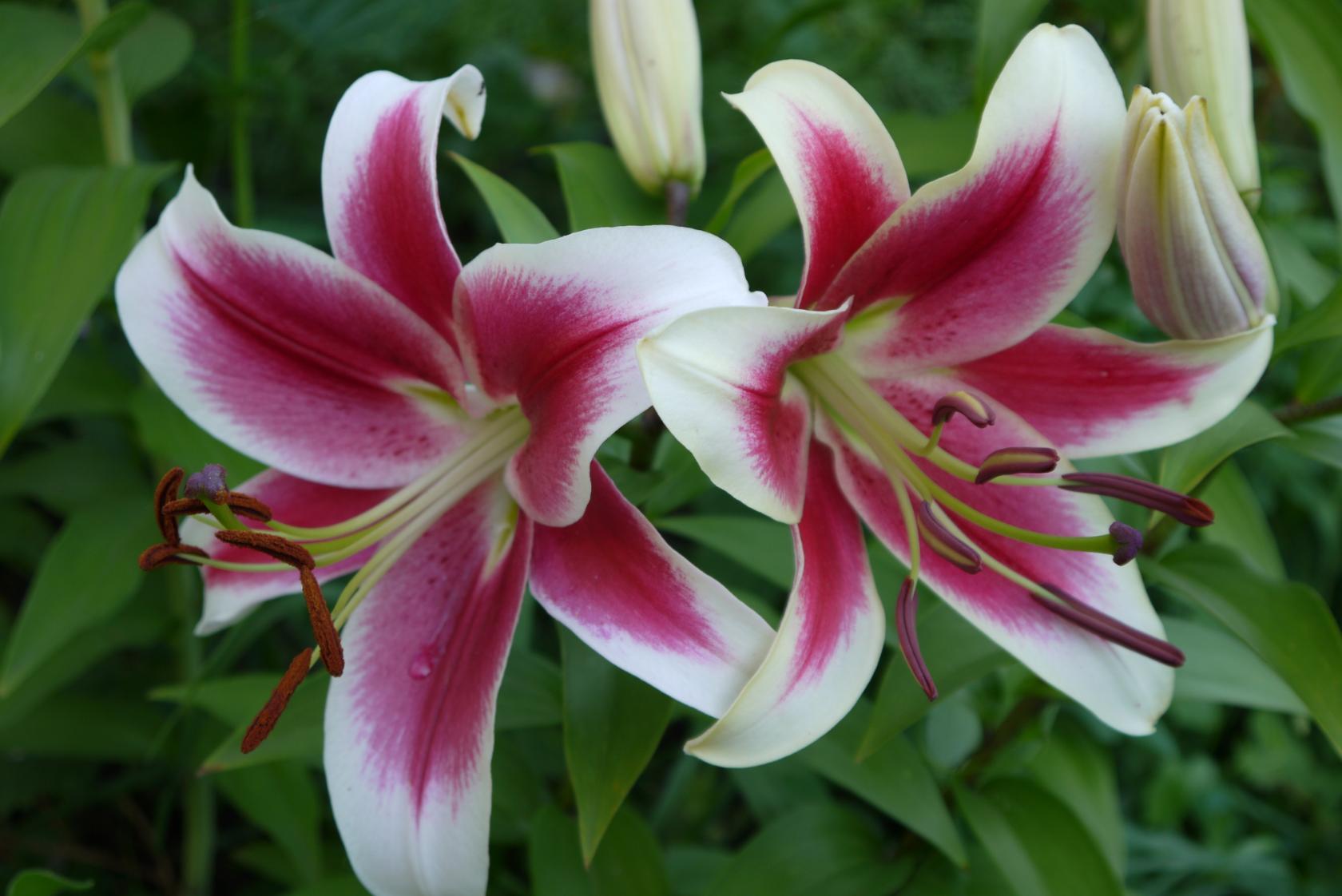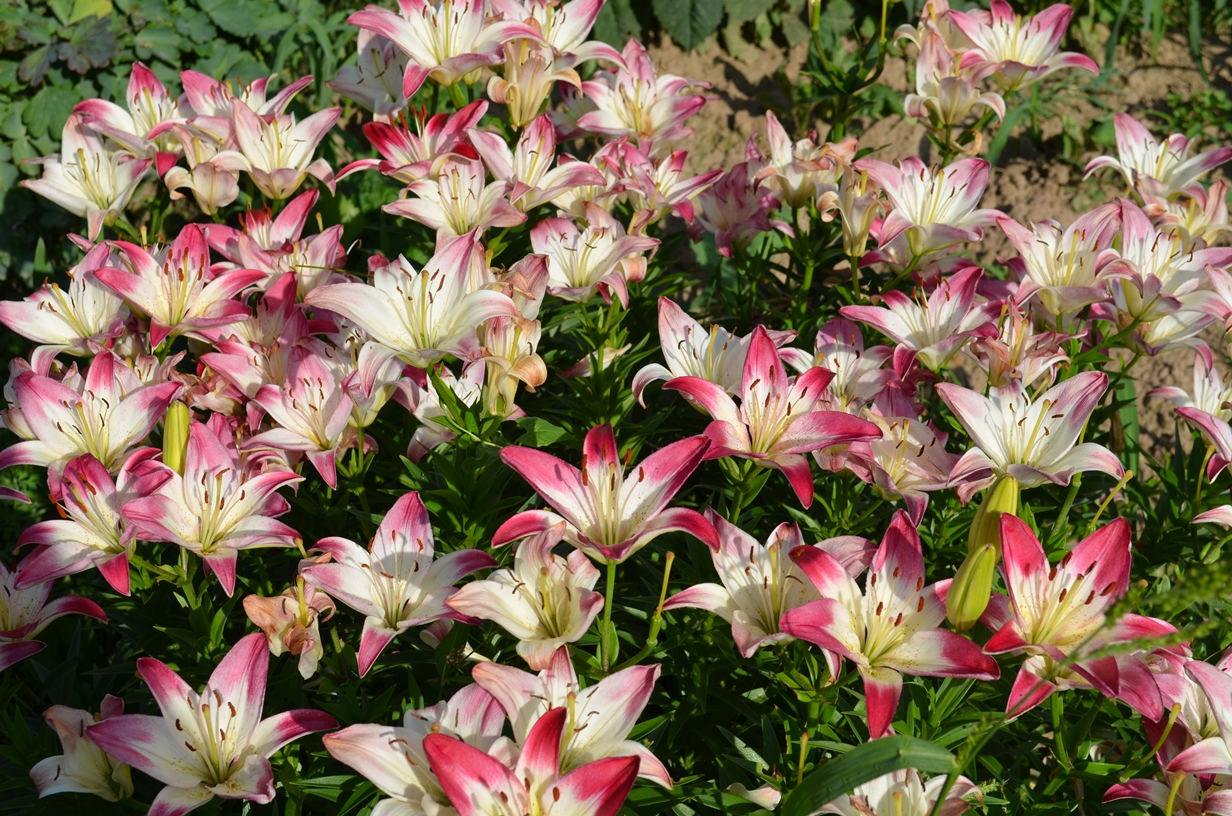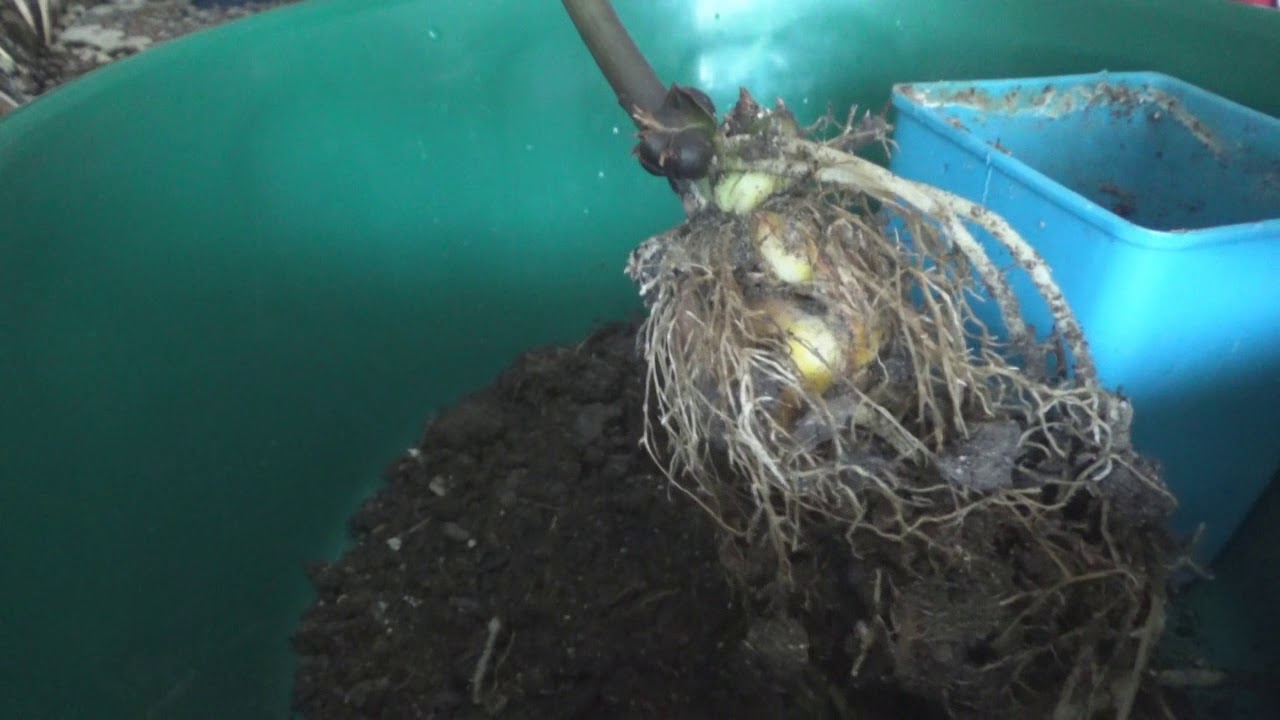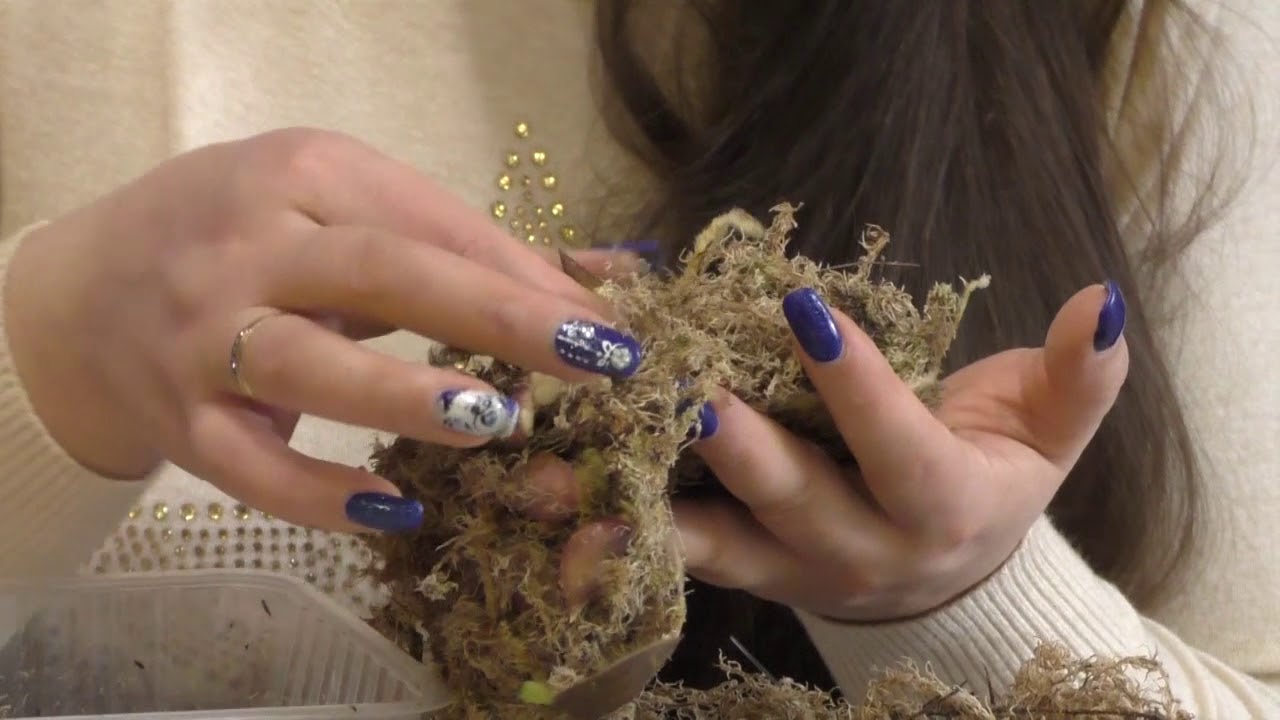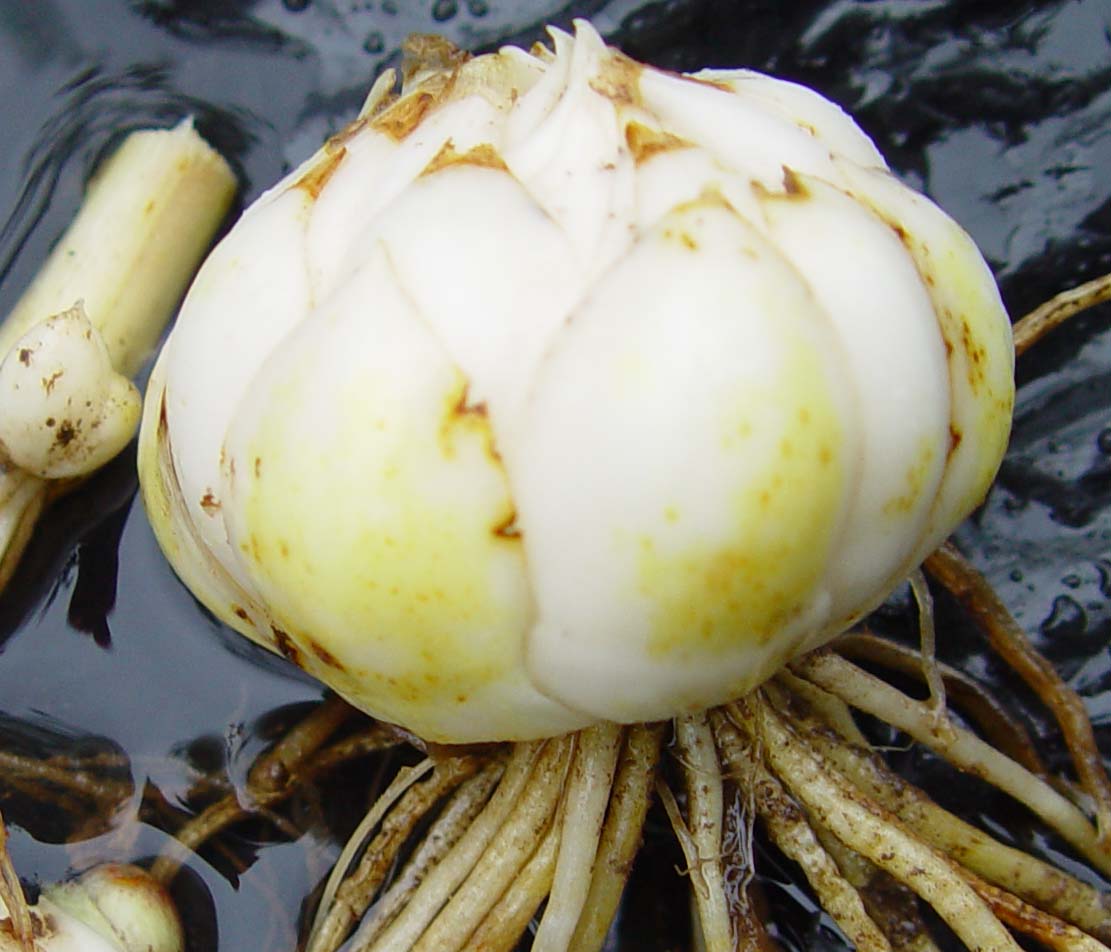Content:
Lily is a wonderful flowering plant, the variety of its species and shades is amazing. Not least because of this, it has become so popular among amateur flower growers. Lily can be found in almost every garden, personal plot and even in urban public spaces (parks and squares). Naturally, every florist strives to reproduce this beauty, it is not difficult, since there are many ways for this that do not require any special skills or financial costs.
How to propagate lilies outdoors
Lily is a perennial plant that belongs to the Liliaceae family. It has a rather high stem, which can reach a height of one and a half meters in some varieties. Lily flowers come in a wide variety of forms, for example, in the form of a water lily. Most of the varieties that the current florist crosses come from a single root. In nature, there is also a wild lily - a small plant that multiplied and became the predecessor of cultivated ones.
The underground part of the plant is a single-tier root system with a bulb. The latter is the reproductive organ of the lily. This method of propagating a lily will be discussed later.
How are lilies bred in the open field in order to plant new varieties on the site and get many plants at once? For this, a seed propagation method is used. In addition, hybrid varieties can be planted only by seeds. Be that as it may, this method is very common.
Ready-made seeds can be purchased both in specialized flower shops and collected from plants on your site. Lily seeds are planted in open ground in spring, for the middle lane the optimal time is after the disappearance of frost on the soil, in early to mid-May.
Before planting seeds, it is necessary to carefully dig up the ground, and also remove from it the remains of other plants, especially weeds. On the site, wide beds and grooves are formed, into which lily seeds are placed to a depth of 2-3 cm. To improve germination and protect against frost, the beds should be sprinkled with sand and mulch, consisting mainly of fresh sawdust.
Breeding species of lilies
In addition to the above-described method of breeding lilies with seeds, which involves a long waiting period from the moment of planting to the appearance of adult, flowering plants, there are other methods of reproduction that are actively used by flower growers. So how can you breed lilies in a quick way?
- leaves;
- shoots;
- bulbs;
- scales;
- children;
- dividing the bulbs.
When to share lilies
Dividing the bulbous nest is the most common and unpretentious way of breeding lilies. In addition, it is the most natural, since relatives of cultivated varieties in the wild reproduce mainly in this way.
The lily bulb is the most important part of it, which provides both nutrition for the plant and its reproduction. Each year, the mother bulb forms daughter bulbs, which, in turn, independently acquire a root system and form new stems. Thus, a so-called "nest" is formed, by dividing which new plants can be obtained.
When are lilies divided? This can be done about a month after they bloom. In the conditions of central Russia, most varieties begin to bloom in early July and ends in early September. The division of lily flowers in August is possible, but applicable only to some species. However, these are approximate dates, which, in fact, depend on the characteristics of the climate, weather conditions in a particular year, age of plants, type of soil, etc.
One way or another, it is impossible to divide the lily during the flowering period. You should not do this immediately after it.
Details about the reproduction of lilies: bulbs, leaves, babies, stem, bulbs
How do lilies breed? The following discussion will focus on the most popular agricultural techniques.
Bulb propagation.
Bulbules are the name of the children of the plant, which are formed not on the underground part of the stem, but on its aerial part. This method is extremely simple in its execution. However, it should be borne in mind that not all varieties of lilies are capable of forming such air bulbs. For those that reproduce in this way, the method is extremely effective, since up to hundreds of bulbs can be collected from one stem.
When lilies are propagated by bulbs, air bulbs should be collected immediately after the end of flowering of the plant. By how easily they are separated from the stem, you can understand the degree of their maturity - if they are easy to remove, then they can be used.
The collected bulbs should be placed in a dry container and soaked in an antiseptic for a couple of hours. A foundation solution is well suited as a disinfectant.
After that, the bulbs can be planted on prepared beds, the distance between which should be about 20 cm, with a distance of 10 cm between each planted onion. After planting, the soil should be watered with fresh water, and before the onset of the first cold weather, it is important to mulch. Sawdust, peat, or straw work well as mulch.
By the fall of next year, the plants obtained from the bulbs can be transplanted into flower beds. In the third year after planting, the plant grows and begins to bloom. From that moment on, it is considered an adult specimen capable of reproducing on its own.
Reproduction by a sheet.
Lilies can be effectively propagated using their leaves. They should be removed during the period of bud formation. In order to implement this method and the leaves have given roots, it is necessary to prepare the soil for planting them. A nutrient medium is poured into a box or container that has holes for drainage and drainage of excess moisture, which can be purchased at most flower shops. Its layer should be about 5 cm. Sand mixture is covered with a small layer on top. Lily leaves are planted to a depth of about 4-5 cm in prepared soil and watered moderately. After 2-3 weeks, subject to the rules of care, at the base of the planted leaves you can find the roots and rudiments of the bulbs.In winter, plants should be kept in a warm, dry place with maximum light. Having successfully overwintered, young lilies can be planted in the garden in early May.
Reproduction by children.
An adult plant produces a large number of babies from the mother bulb. This property is successfully used by growers for its reproduction. Many lily babies - what to do with them?
The rules for caring for lilies involves the obligatory transplanting of a plant every 3 years to a new place. At this time, the collection of children is possible. It should be produced in the fall. The cultivation of babies should be done in the same way as for the bulbs, as described above.
Reproduction by a stem.
How to propagate lilies with a stem in the fall? To do this, cut off a healthy stem and divide it into 5 - 7 cuttings.
Then each part of the stem must be soaked in a solution containing a growth stimulant, which can be purchased at any flower shop. After keeping them there for about 12 hours, the cuttings are planted in pots, watered abundantly, covered with plastic wrap and kept in a warm, dry place. In spring, the plants are planted in open ground.
Propagation by bulbs.
3-4 years after planting, the lily bulb is actively dividing, forming a nest with 6 - 7 daughter bulbs. About 2 weeks after flowering, the lily is carefully dug up. Daughter bulbs are easily detached from the nest and planted in a new location. The method is good because the next year the newly planted plants will already bloom.
Features of reproduction and transplantation in autumn and summer
How are lilies propagated and when can they be transplanted? An adult garden plant for its normal growth and reproduction needs to be transplanted regularly about once every 2-3 years. In our climatic conditions, typical of central Russia, this procedure should be carried out in the fall. It is at this time of the year that a plant that has already bloomed is in a state of vegetative dormancy, so the risk of harming it during transplantation and collection of daughter bulbs for reproduction is minimal.
However, one should not wait for the first cold weather. If at the time of transplanting, the temperature on the soil crosses the minus mark, then there is a risk that the bulb may freeze and the plant itself will not multiply. Therefore, the most optimal month for this is September. In more northern regions, it is possible to replant lilies at the end of August.
You should not transplant and cultivate these plants in the height of summer - the peak growing season. However, there are some varieties in which the resting time, on the contrary, falls in the middle of the warm season. For example, this applies to the popular Candidum variety, as well as tubular and oriental hybrid species. They should be transplanted very carefully, trying not to damage the root part. After planting in a new place, the buds and flowers should be cut off from the plant for more lush flowering next year.
How to breed lilies at home
For those flower growers who do not have a summer cottage or a personal plot, there is also the opportunity to enjoy the lily flowers, growing it at home. The most ordinary indoor pot is suitable for this. But how to propagate lilies in such a case?
Reproduction of lilies at home is also possible and three methods are used for this:
- planting seeds;
- grafting;
- bulbous way.
The latter is the most appropriate in this case. Bulbs obtained by dividing should be carefully inspected for rot and disease. Then, after soaking them in a solution of potassium permanganate (no more than half an hour), they are stored in a cold, dark place, periodically airing and checking. In February or March, the bulbs can be planted in a pot.
There are many ways to propagate lilies and they do not present any particular difficulties for both an experienced grower and for beginners, for whom growing lilies is the first such experience.
